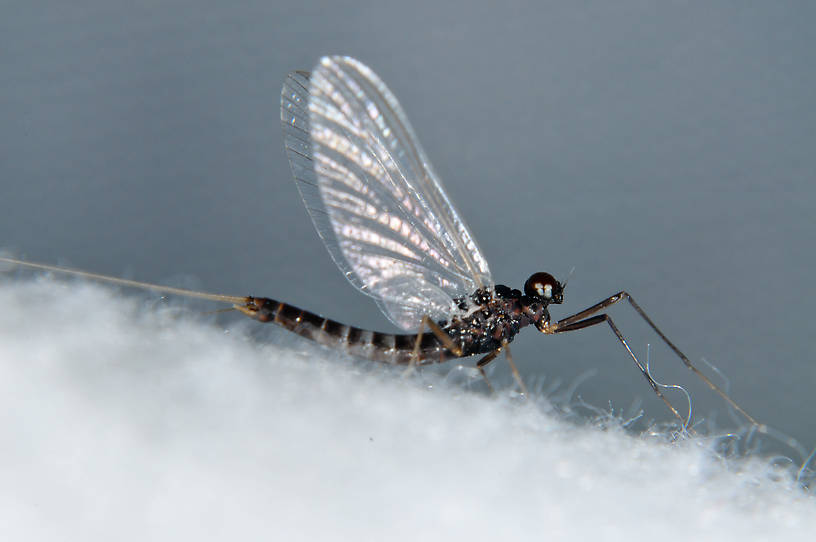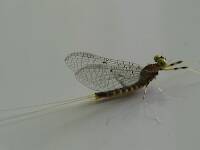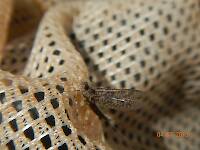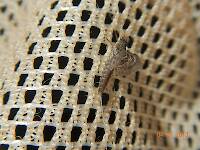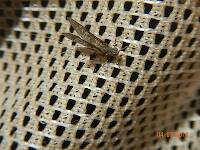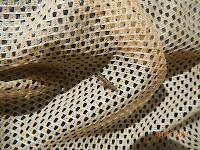
Hex Mayflies
Hexagenia limbata
The famous nocturnal Hex hatch of the Midwest (and a few other lucky locations) stirs to the surface mythically large brown trout that only touch streamers for the rest of the year.
Featured on the forum

This specimen keys pretty easily to Onocosmoecus, and it closely resembles a specimen from Alaska which caddis expert Dave Ruiter recognized as this genus. As with that specimen, the only species in the genus documented in this area is Onocosmoecus unicolor, but Dave suggested for that specimen that there might be multiple not-yet-distinguished species under the unicolor umbrella and it would be best to stick with the genus-level ID. I'm doing the same for this one.

Troutnut is a project started in 2003 by salmonid ecologist Jason "Troutnut" Neuswanger to help anglers and
fly tyers unabashedly embrace the entomological side of the sport. Learn more about Troutnut or
support the project for an enhanced experience here.
Martinlf on May 18, 2012May 18th, 2012, 6:39 pm EDT
The wings look clear enough, and the body dark enough this seems like a spinner to me. Great photo on this one and on the baetis posted the same time. Ah, yes, I see the other photos of thing bug labeled as spinners look the same.
"He spread them a yard and a half. 'And every one that got away is this big.'"
--Fred Chappell
--Fred Chappell
Taxon on May 19, 2012May 19th, 2012, 1:08 am EDT
Yes Lewis, as you observed, it's a spinner. Apart from the wings, take notice of its extremely long forelegs, which are a characteristic of male spinners, but not of male duns.
Quick Reply
Related Discussions
Topic
Replies
Last Reply
1
Sep 9, 2008
by GONZO
by GONZO
6
Nov 12, 2006
by Martinlf
by Martinlf
6
Jun 10, 2009
by Martinlf
by Martinlf
0
May 3, 2007
by Troutnut
by Troutnut


